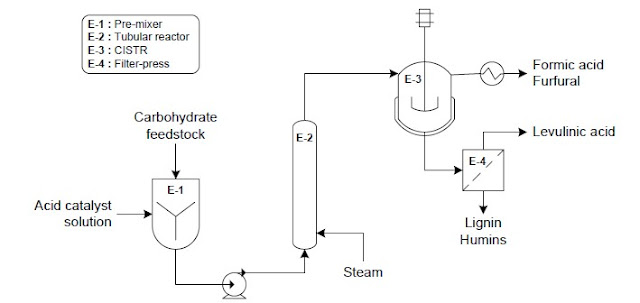HVO producers embrace circular economy – The cases of Eni and Neste
It appears that HVO producers are abandoning palm oil, primary
feedstock up to now, and are being seduced by used oils. This trend is a clear
consequence of the implementation of circular economy principles in this sector.
Let us review two recent examples: the announcement on Eni and CONOE last week
and the launch of the Neste MY Renewable Diesel earlier this year.
The case of Eni
Eni and CONOE (the National Consortium for the Collection
and Treatment of Used Oils and Fats in Italy) have just signed a Memorandum of
Understanding to promote and increase the collection of vegetable oils that
will supply Eni's biorefineries (see press release). The agreement was presented
officially last week in Rome (see program of the event).
The agreement also envisages joint ventures
between Eni and CONOE, as well as with local public administrations and public
waste collection companies, to promote the collection of increasing amounts of
oil waste produced by Italian households, which are currently almost entirely wasted.
According to the press release, CONOE has increased waste collection from
15,000 tons in 2002 to 65,000 in 2016. The figure of the last year corresponds
to 23% of potentially collectable.
What are the biorefineries that will benefit
from the agreement?
This plant is the first refinery in the world
to be converted into a biorefinery. Since May 2014, the plant produces green
diesel, green naphtha and LPG and has the capacity to generate green jet fuel.
It is currently predominantly fed by palm oil, supplied exclusively from
certified sources in line with industry standards. This will be partially replaced
by used vegetable oils and animal fats.
2. Gela biorefinery
Eni is converting other refinery into a HVO
biorefinery in Gela (region of Sicily). As the Venice biorefinery, it will be
based on the EcofiningTM technology developed by eni and UOP.
Figure 1. Eni’s Green Refinery project at Porto
Marghera (Venice) is the world’s first example of the conversion of a conventional
refinery into a biorefinery (extracted from Eni web page)
Once the Gela refinery begins operations in
2018, Eni’s capacity to process vegetable oils will be approximately one
million ton per year. So, it will have the capacity to acquire all products
from CONOE oil-purchasing companies on the national market. The Consortium
estimates potential savings up to 3.13 kg of CO2 equivalent per ton
of renewable diesel produced and used as fuel.
The case of Neste
In January, Neste
launched a renewable diesel made entirely from waste under the brand name Neste
MY Renewable Diesel at select service stations in the Helsinki region (see press
release). Its production is based on Neste's proprietary NEXBTL technology
which can be used for producing renewable diesel and other renewable products
from almost any waste fat or vegetable oil. The feedstock selection available has
been successfully expanded to more than 10 raw materials and Neste is engaged
in continuous development work to further expand it.
According to the information provided by the
company, the product enables up to 90% lower greenhouse gas emissions
throughout the life cycle of the fuel compared to conventional fossil diesel. For
instance, Neste's renewable diesel is already extensively used in California
where it helps cities and counties to reduce greenhouse gas emissions from
traffic. Companies such as Google and UPS in the United States and DB Schenker
and Lassila & Tikanoja in Finland have also decided to reduce their carbon
footprint with Neste MY Renewable Diesel.




